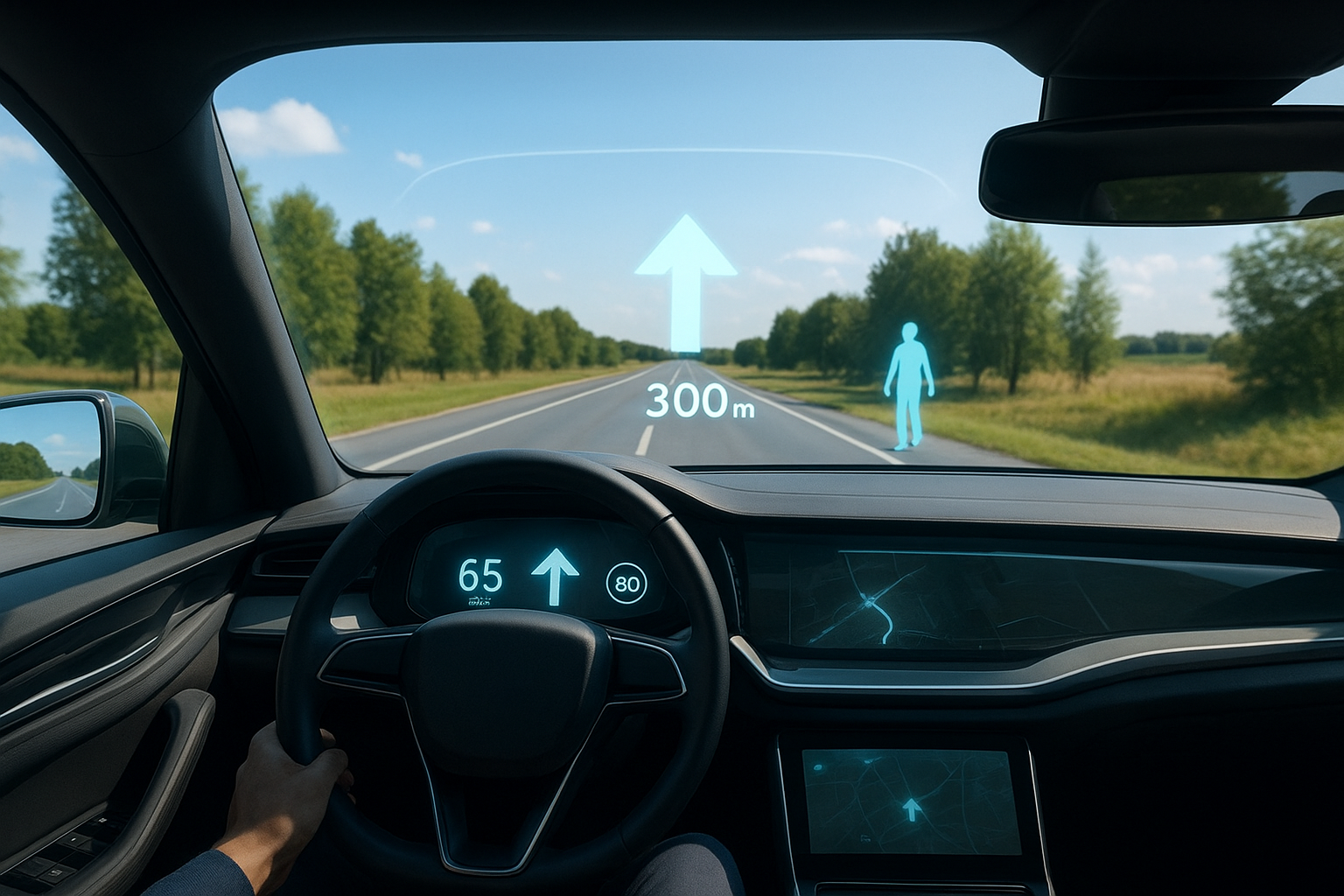The automotive industry is undergoing a transformation driven by electrification, automation, and digital integration. One of the most intriguing innovations emerging in concept vehicles and prototypes is the use of smart glass technology—transparent displays integrated directly into car windows and windshields. Unlike traditional infotainment systems confined to dashboards, smart glass has the potential to turn the entire vehicle into an interactive interface, revolutionizing how drivers and passengers interact with their cars.
What Is Smart Glass Technology?
Smart glass, also known as switchable glass, can change its properties when activated by an electrical current. It can shift from transparent to opaque, filter light, or display digital information. In cars, this means windows and windshields can double as screens, capable of showing navigation, safety alerts, entertainment, or even augmented reality overlays.
Applications in Cars
1. Augmented Reality Navigation
Smart glass allows navigation arrows, speed limits, and hazard alerts to be projected directly onto the road view, minimizing distraction and improving safety. Unlike current HUD systems, these displays cover a wider area, creating a more immersive experience.
2. Adaptive Tinting for Comfort
Passengers could adjust window opacity with a touch, reducing glare, improving privacy, and enhancing energy efficiency by lowering air-conditioning demands.
3. Entertainment for Passengers
Rear-seat passengers might stream movies or play games directly on side windows, turning travel time into a multimedia experience.
4. Safety and Emergency Use
Smart glass could highlight pedestrians, cyclists, or road hazards, making them more visible at night or in poor weather conditions.
Benefits of Smart Glass in Future Cars
The integration of smart glass brings both functional and aesthetic advantages. Drivers gain real-time information without needing multiple screens, while passengers enjoy customizable comfort. Automakers also benefit from sleeker designs, as traditional dashboards could be simplified or even removed.
Challenges to Adoption
Despite its promise, smart glass faces several hurdles before mainstream adoption. Cost is a major barrier, as high-quality switchable glass remains expensive. Durability is another concern—car windows must withstand extreme temperatures, impacts, and weather conditions. Additionally, safety regulations will need to adapt to ensure displayed information does not overwhelm or distract drivers.
The Road Ahead
Automakers such as BMW, Mercedes-Benz, and Hyundai have already showcased concept vehicles featuring smart glass, suggesting that mass-market adoption may not be far away. As costs decrease and technology improves, smart glass is likely to complement or even replace traditional infotainment systems, making vehicles more interactive and futuristic.
Conclusion
Smart glass cars represent a bold step toward the future of mobility. By merging transparency, display capabilities, and adaptability, this innovation blurs the line between machine and environment. While challenges remain, the potential to transform driving into a safer, more immersive, and personalized experience ensures that smart glass technology will play a key role in shaping the cars of tomorrow.


